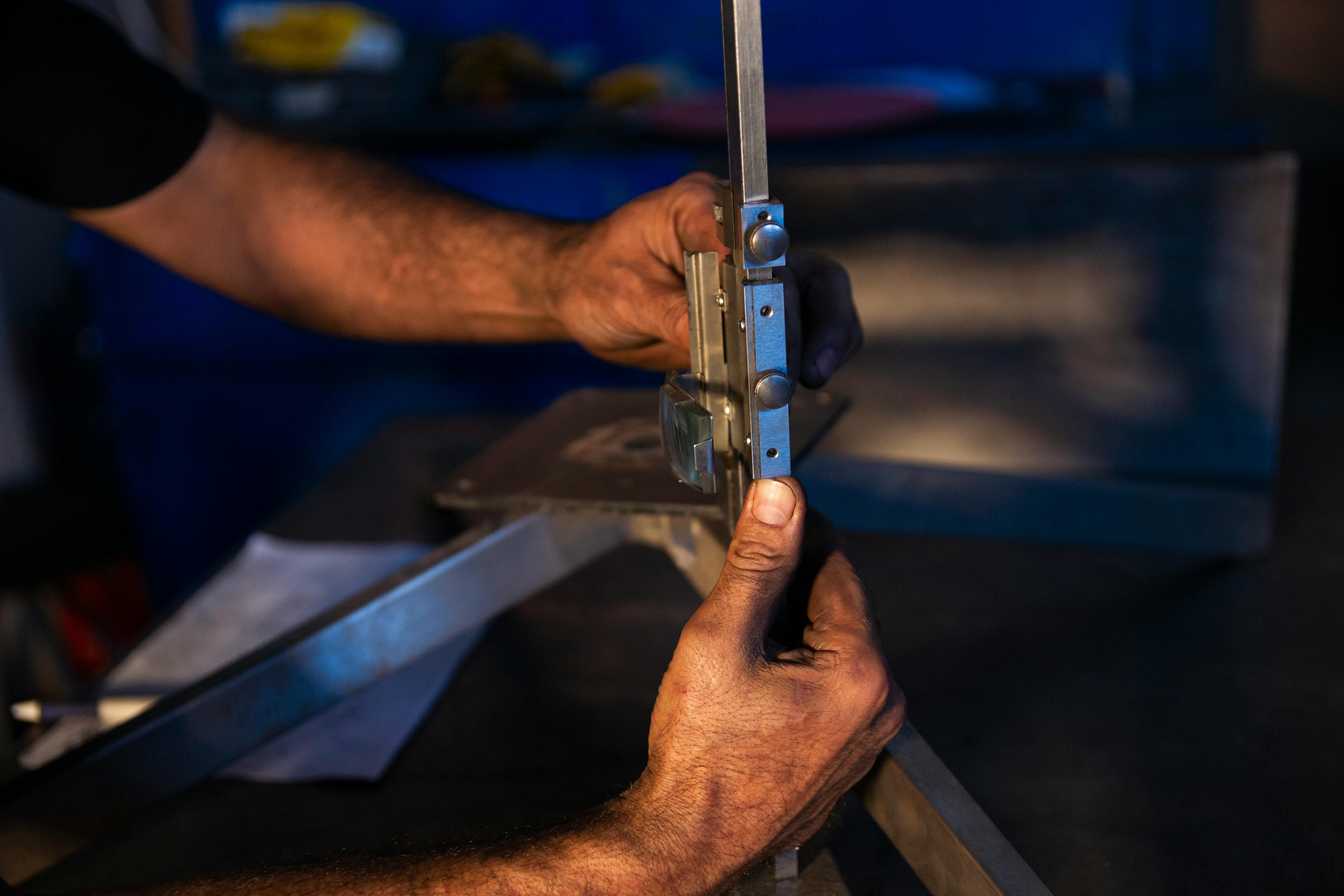If you’re a fossil collector, rock hunter, or interested in geology, Fossil Bluff in Tasmania is a must-see destination. It is classified as a state geological monument and is surrounded by other geological wonders.
Fossil Bluff is a sandstone cliff with layers of fossils encased in the stone. It is washed by the waves of the Bass Strait, an expanse of ocean that separates Tasmania from mainland Australia. This cliff was under the sea in the Oligocene geologic period (about 38 million years ago), and lies on layers of tillite that were deposited by glaciers in the Permian period (about 280 million years ago). You can walk around the cliff at low tide and see where the sandstone and tillite meet. Some of the sandstone layers are rich in fossils, while others are not, showing the different climatic conditions that occurred over the millions of years of the Oligocene period. The fossils are not dissimilar to many of the shells you’ll find on beaches today.
Unfortunately, you are not allowed to take fossil specimens from the Bluff.
At low tide you can walk around Fossil Bluff and along the beach to the Silver Gull Colony at the mouth of the Inglis River. Little penguins, also known as fairy penguins, nest along most of the coast and from September to February, and you can find their nesting areas by looking for telltale signs of their droppings. Never disturb the penguins as their numbers appear to be on the decline, likely due to the proximity to the Wynyard Golf Club which sits on top of Fossil Bluff. The little penguin (Eudyptula minor) is the smallest penguin species, at 43 cm (16 in) tall, found only on the southern coasts of Australia and New Zealand.
To the west of Fossil Bluff is Table Cape, which is a circular volcanic plug with a north face rising 560 feet (170 meters) above the sea. The cape’s volcanic soil grows a variety of crops and is considered the richest agricultural soil in Tasmania. The basalt is approximately 13.3 million years old, which in geological terms is recent.
To the east and west of the beach and at intervals for many kilometers to the east is low, flat, gray rock. This is the Wynyard Tillite, about 280 million years old, which formed in the Permian geological period. It was formed in the ice age when Australia was part of the supercontinent called Gondwana. The glaciers flowed from the south to the north and when they were melting and reaching depression zones they slowed down and dropped the rocks they were carrying. Over time, the mud covered the rocks, which became a conglomerate of shales. You can find (and keep) granites, flints, quartz, jaspers and agates in the tillita, and on the beach in the form of small pebbles.
Fossil Bluff is only 3 kilometers (2 miles) from the town of Wynyard, Tasmania. It is at the tip of the headland formed by the Inglis River where it meets Bass Strait. Wynyard is on a direct flight from Melbourne, or a 40 minute drive to the Spirit of Tasmania ferry terminal from Melbourne to Devonport. Redline Bus services are available to Wynyard from Hobart / Launceston / Devonport.
Wynyard main street has all the facilities… restaurant, cafes, pharmacy, fresh fish at Wynyard Wharf, supermarket, butcher, post office and newsagent with a variety of shops to browse, online access hubs at the Local Library and also at the Wynyard Wonders Information Center.


